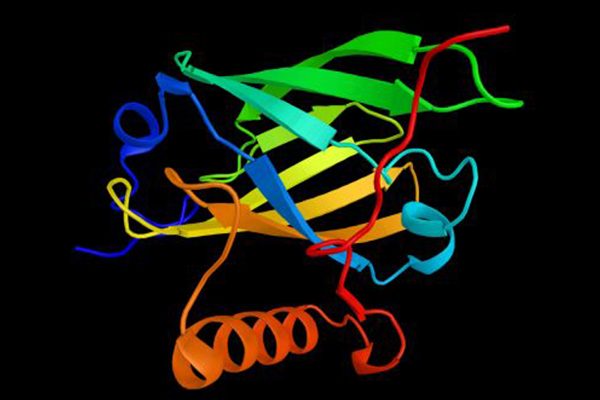Affinity tag removal is an important consideration for project design
Proteos is an industry leader in the production of high-quality recombinant proteins for drug discovery research. We understand the importance of optimizing your research budget and minimizing project timelines. Our experienced scientists will work with you to customize your project, focusing on the end-use and ultimate utility of the target recombinant protein or antibody.
Workflows for tackling challenging protein projects often utilize an affinity tag approach. In previous posts, we have discussed the purpose of utilizing affinity tags in recombinant protein production, the importance of selecting the proper tag for your specific protein target, and the importance of tag placement that can influence protein expression, purification, and functionality. Our final post in this series will discuss removal of affinity tags.
Affinity tags are typically placed at the N- or C- terminus of a protein sequence. If an affinity tag is no longer desired after purification, then a protease cleavage sequence should be positioned between the tag and the protein sequence.
TEV, HRV3C, and thrombin are examples of proteases that are frequently used to remove affinity tags after purification. The protease is either added directly to the eluted chromatography pool, or to a slurry of chromatography resin that is currently bound to the target protein. Oftentimes, the protease itself is engineered with an affinity tag to facilitate its removal after the cleavage reaction through negative affinity chromatography. In negative affinity chromatography, the target protein is collected in the flow-through fraction, while the protease and cleaved affinity tag are bound to the resin. For this reason, choosing a protease that is engineered with the same affinity tag as your recombinant protein is the easiest way to isolate your cleaved protein in one step.
Our team will work with you to select the proper affinity tag placement and design a customized workflow to ensure that your project has the greatest likelihood of success. Contact us today to start the conversation.


